Introduction Back pain is widespread and can negatively impact an individual’s work productivity. The severity and location of where the pain can vary from acute to…

Dr. Alex Jmenez, Chiropractor and Health Expert Discusses: Spinal Decompression Therapies, Protocols, Rehabilitation, and Advance Treatments Care Plans
At our offices, we offer conservative care for degenerative spinal conditions, including several treatment modalities. Thus, the traction distinguishes as it can elicit the body’s protective proprioceptive response to distraction, reducing intradiscal pressure and minimizing symptoms secondary to disc herniation and axial pain.
Our integrative treatments aim to determine the clinical effects of a short treatment course of motorized axial spinal decompression for patients with pain and physical impairment caused by either lumbar or cervical degenerative disc pathology with no immediate surgical indication.
Conservative care for mid to long-term degenerative spinal conditions with axial and irradiated pain generally includes pharmacological treatment, physical rehabilitation, or injections. Mechanical traction is an old treatment modality, which has been decreased in use facing other modern technologies or utilized in combination with other treatment modalities, such as manual therapy, exercises, heat, or electrotherapy. We, too, offer advanced spinal treatment workshops and boot camps to help educate patients on the dynamics of spinal hygiene.
Our patients get treated for chronic radicular axial spinal pain. This is a referred pain in the spinal axial skeleton and is considered a syndrome with both nociceptive and neuropathic pain components. Patients report improvement in symptoms with a reduction of the axial load in the spine.
Previous studies have shown a decrease of pressure in the intervertebral disc after traction, unloading of the spinal structure, and alleviating the inflammatory reaction of the nerve roots. Here, we present our patients’ literature and scientific background information to make educated decisions about the advanced spinal decompression protocols.
If you’re looking for a non-surgical solution for your persistent back or leg pain, you may want to try spinal decompression therapy. Unlike invasive or laparoscopic surgeries, spinal decompression does not require the patient to go under the knife. Instead, the patient’s spine is stretched to relieve back and leg pain. The goal of spinal decompression is to create an ideal healing environment for the affected areas.
This treatment is typically used for:
Bulging discs
Degenerating discs
Herniated discs
Call us today to schedule your first appointment! Our team in El Paso is happy to help.

Introduction Back pain is widespread and can negatively impact an individual’s work productivity. The severity and location of where the pain can vary from acute to…
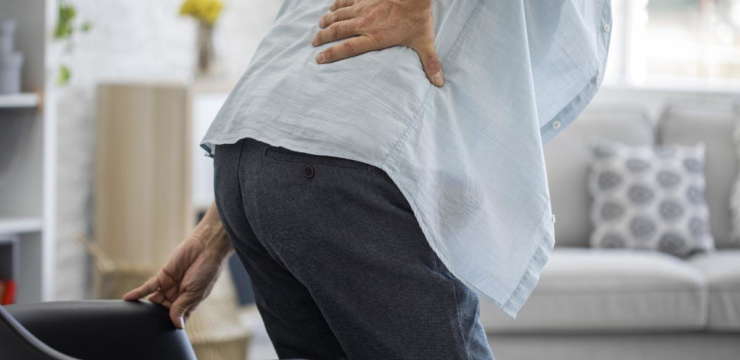
Introduction The human body has various muscle groups, tendons, ligaments, and spinal structures that allow mobility, standing upright, and performing daily activities without discomfort. The spinal…
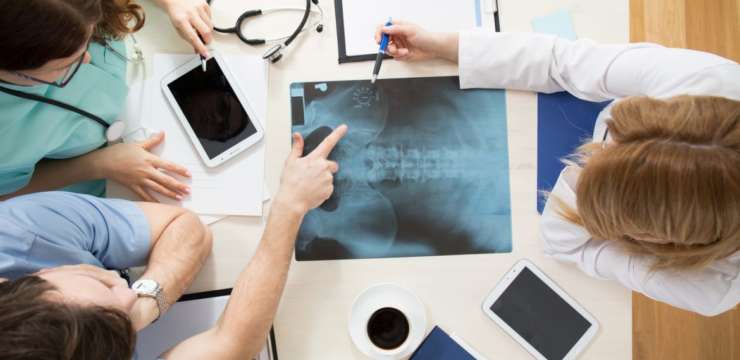
Introduction Back pain is a common problem that affects people worldwide, but many individuals are unaware of it until they experience constant back muscle aches. Back…

Introduction The neck is an extremely flexible part of the upper body that allows the head to move without causing pain or discomfort. It is part of…
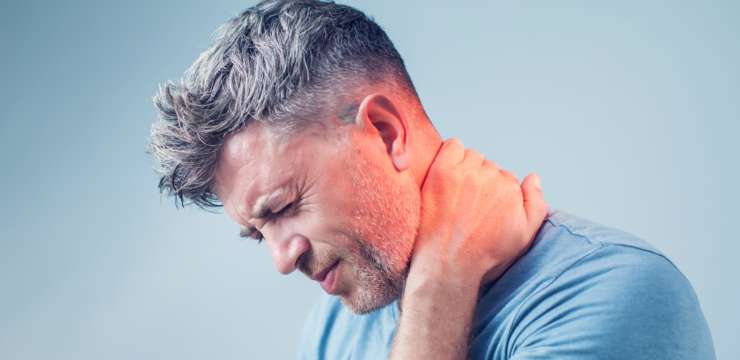
Introduction Neck injuries are more common than people realize and can lead to mobility issues, affecting the head and shoulders. This is caused by herniated or compressed…
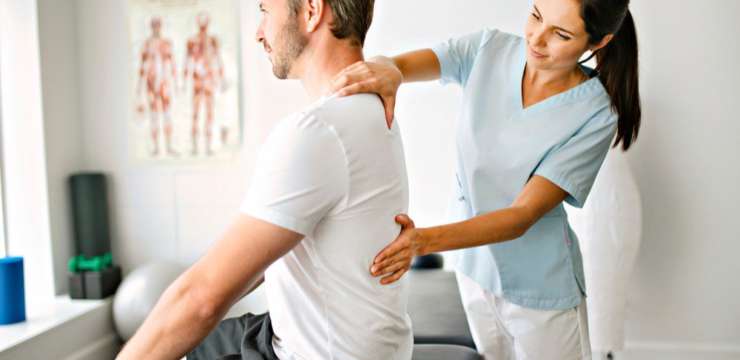
Introduction Lower back pain is a common problem that affects many people worldwide. It can hinder individuals from engaging in physical activities or working on important projects. Failure to…

Introduction It can be challenging to find the proper treatment for general aches and pains in the body due to various environmental factors. These factors, such…
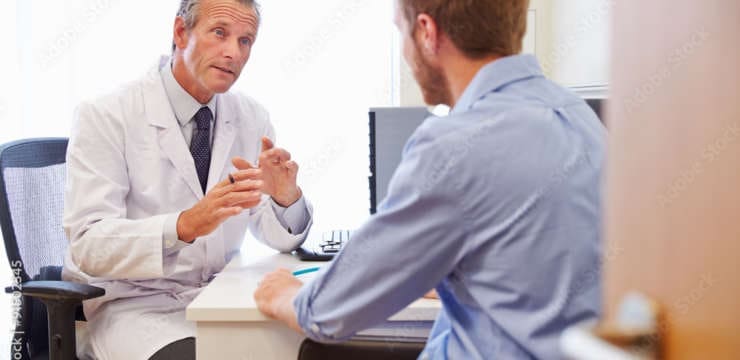
Introduction The lower back plays a huge, important role in providing stability to the body and supporting the weight of the upper portion. It comprises…

Introduction The central nervous system transmits information between the brain, muscles, and organs through 31 nerve roots from the spinal cord. These nerve roots are interconnected with…
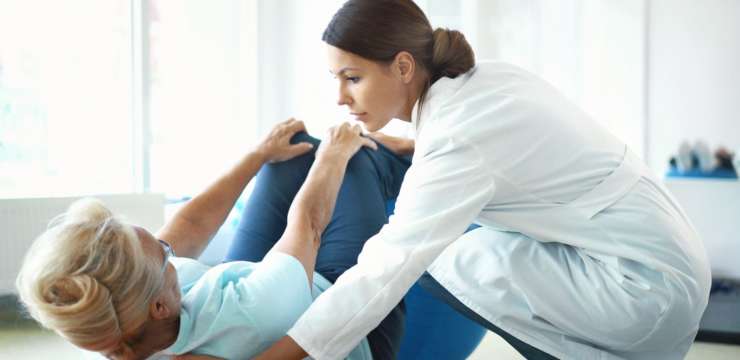
Introduction The musculoskeletal system, comprising muscles, tissues, and ligaments, works with the brain from the central nervous system to provide mobility, stability, and function to the…
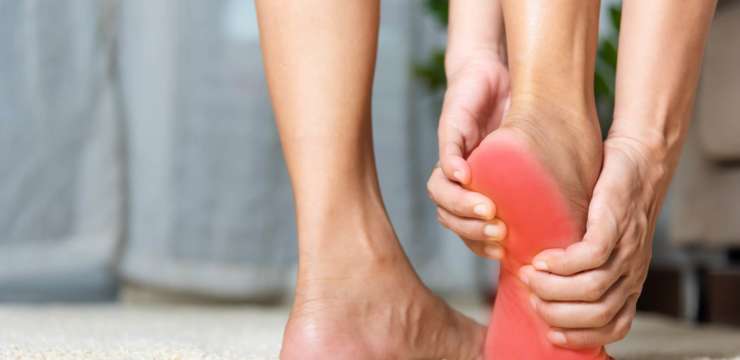
Introduction The central nervous system is responsible for sending neuron signals to all the organs and muscles in the body, allowing for mobility and proper functioning. These…
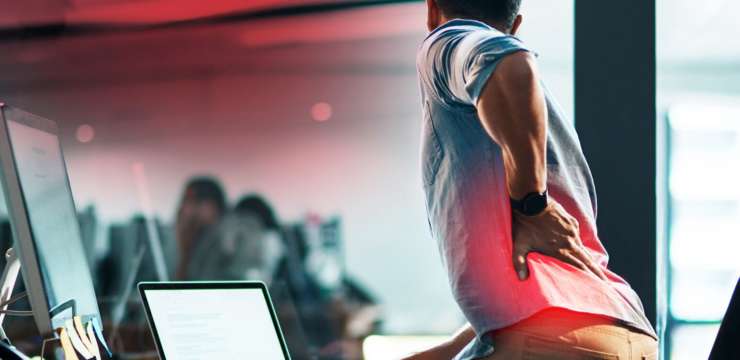
Introduction Many people in the workplace suffer from back pain, which can limit and affect their ability to function and lead to a lifetime of discomfort…
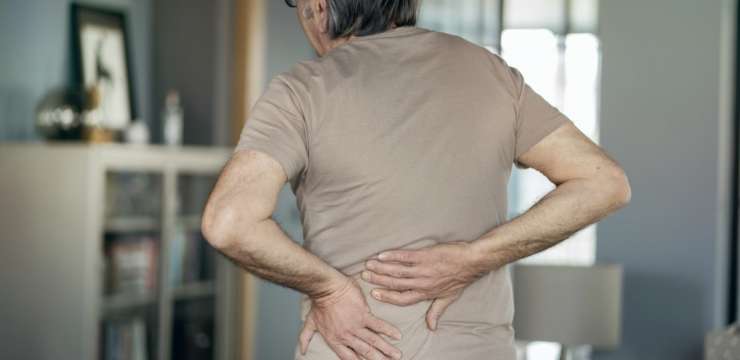
Introduction The spine consists of soft tissues, ligaments, the spinal cord, nerve roots, and cartilage, forming an S-shaped curve with three regions: cervical, thoracic, and lumbar. Its primary…
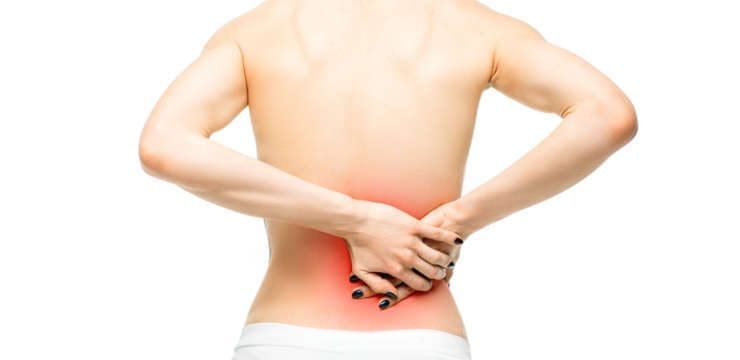
Introduction Low back pain is a common issue worldwide that can cause individuals to miss work and require emergency care. This type of pain occurs in…
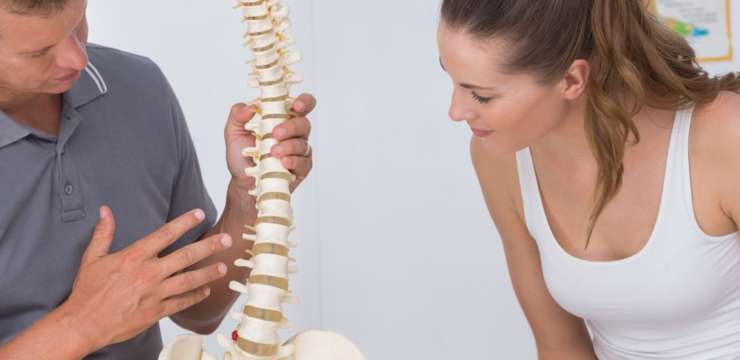
Introduction Misalignment of the spine can occur due to various factors, causing stress and joint shifting. The spine plays an important role by supporting the body’s weight…
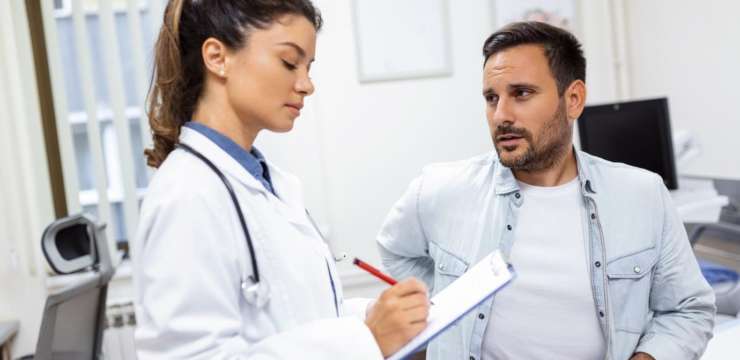
Introduction Many people experience pain daily at some point in their lives. The causes of pain can vary from person to person and can be…
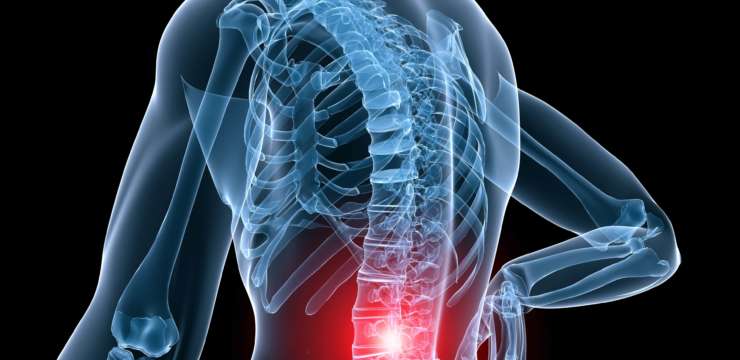
Introduction The human body has muscles surrounding and protecting the spine to prevent pain and disability. The spine is divided into three sections in the body: cervical,…